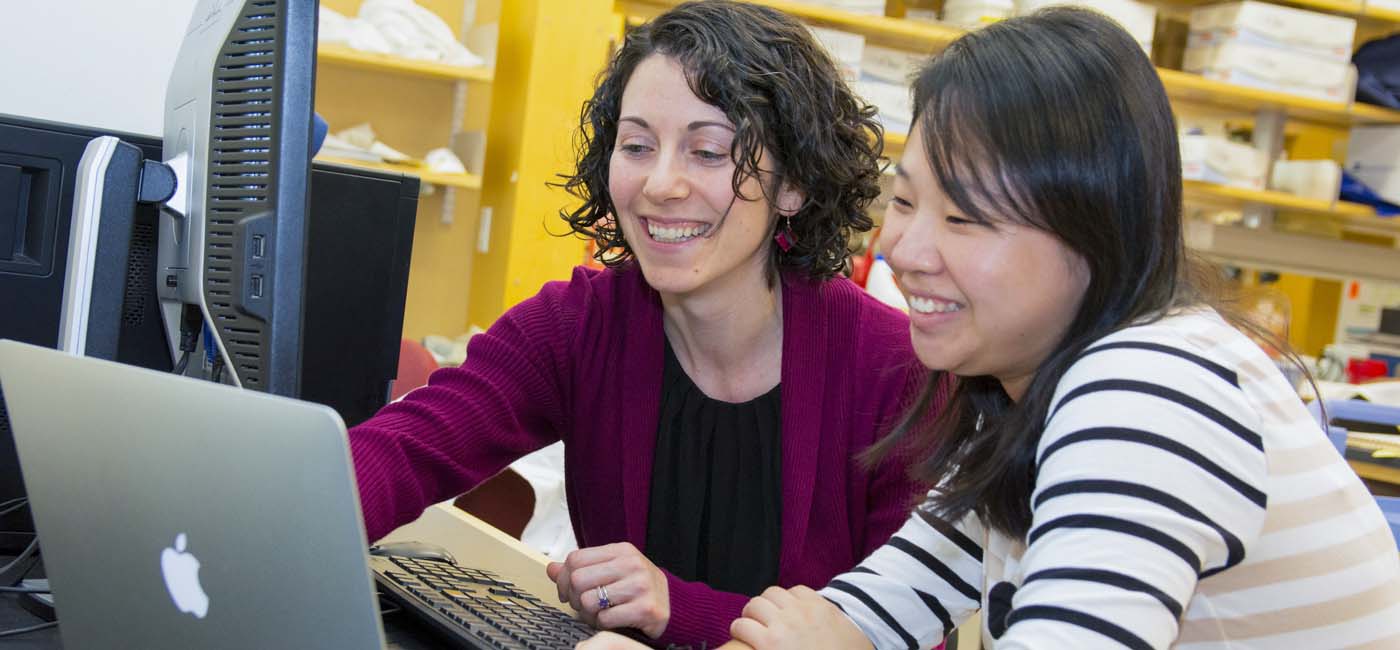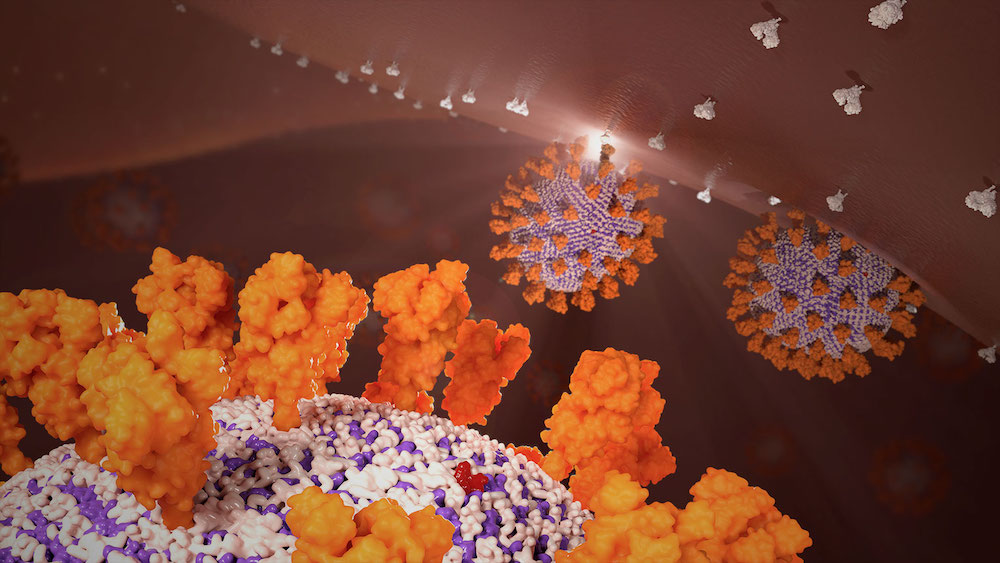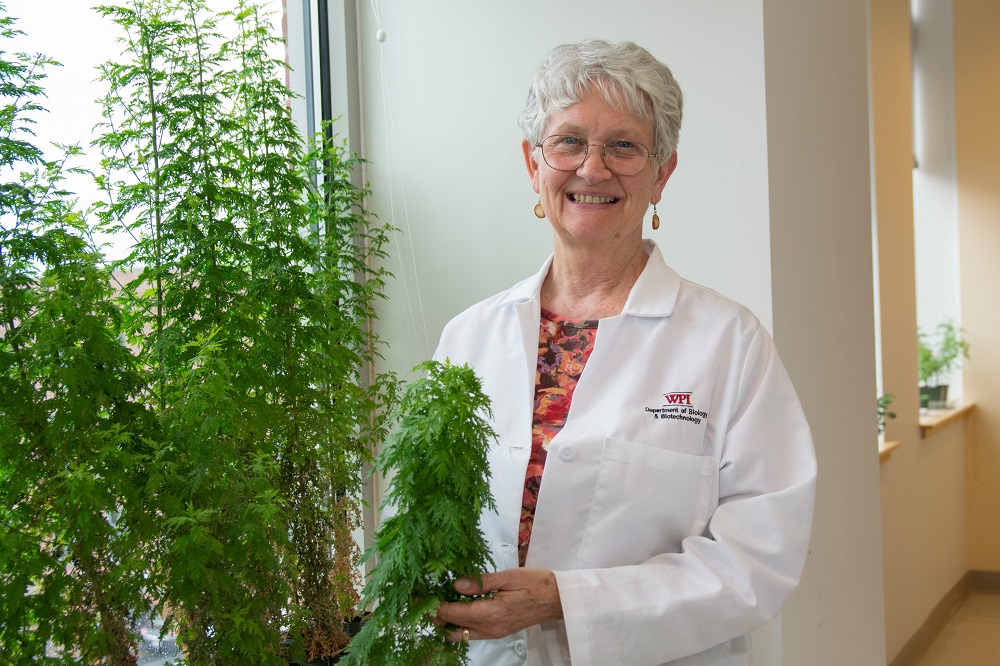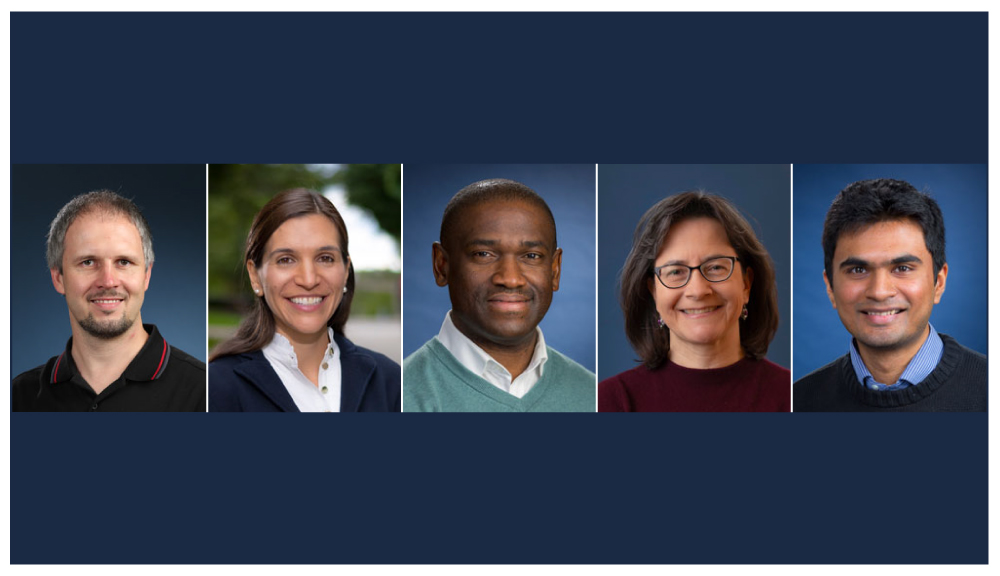Two months after creating a structural 3D roadmap of the novel coronavirus and sharing it with the scientific community worldwide, Worcester Polytechnic Institute (WPI) bioinformatics researcher Dmitry Korkin has published a paper on the topic in Viruses, a leading virology journal.
In the peer-reviewed paper, Korkin, associate professor of computer science at WPI and director of the university’s bioinformatics and computational biology program, describes how he and his research team of graduate students used bioinformatics and molecular modeling to reconstruct the 3D structure of major viral proteins and their interactions with human proteins.
Specifically, the team found three Severe Acute Respiratory Syndrome (SARS) isolates—or specimens—that were similar to COVID-19, a new disease caused by a novel coronavirus that has not been seen before in humans. SARS, a virus identified in 2003, also caused worldwide infection and a significant number of deaths.
Korkin and his team reached three preliminary conclusions that could play a part in modeling the virus and aiding scientists with future drug discovery. First they determined that changes in the proteins constituting the novel coronavirus were not distributed evenly, but often formed clusters on the protein surfaces when compared to human SARS virus and the other related animal viruses.
Second, his group showed that the region of “spike protein,” a protein on the surface of the new virus that would be targeted by human antibodies, is very different from the same region in SARS, suggesting that the existing SARS vaccine might not be efficient and a new vaccine is required.
At the same time, a third conclusion the team made is that the regions targeted by the previously developed SARS antiviral drug candidates were remarkably intact, suggesting that repurposing of those drugs is possible.







